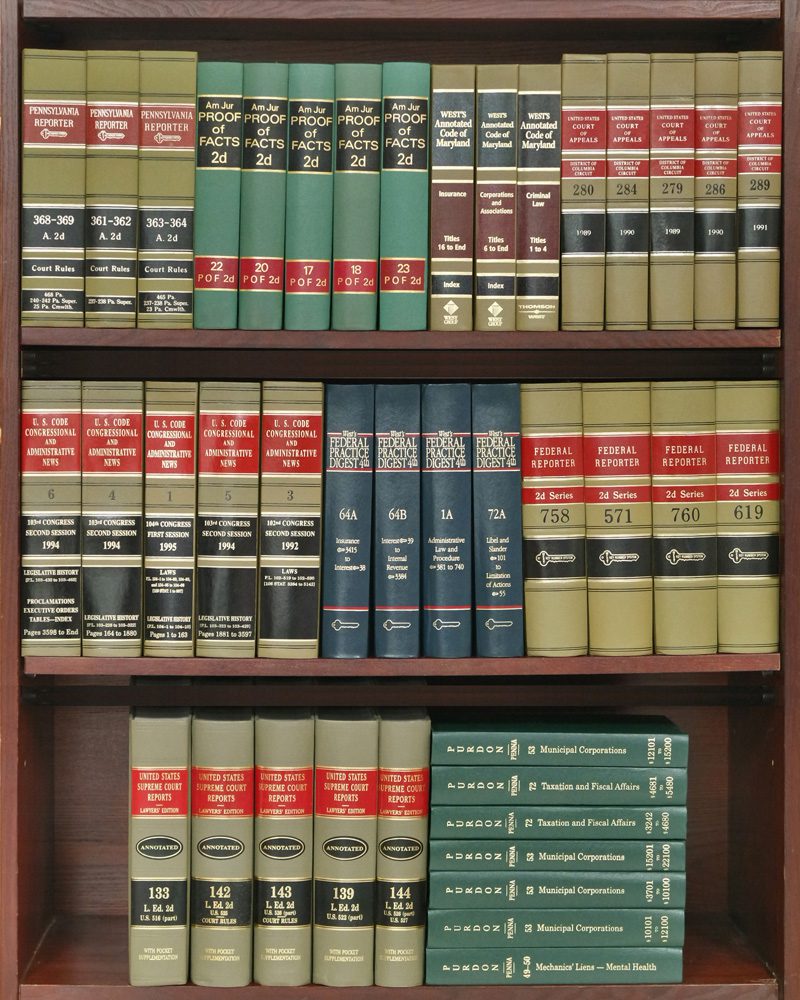Suchita Sanjay Bodhani v. State Bank of India & Ors.
Suchita Sanjay Bodhani
…Appellant
State Bank of India & Ors.
…Respondent
Case No: Appeal No. 262/2009
Date of Judgement: 28 /04/2023
Judges:
Mr Justice Ashok Menon, Chairperson
For Appellant: Mr V. V. Chandavale along with Mr Vishal Tambe, Advocate.
For Respondent: None.
Download Court Copy CLICK HERE
Facts:
The case involves an appeal (No. 262/2009) filed by Suchita Sanjay Bodhani (the Appellant) against an order dated 28/08/2009 by the Debts Recovery Tribunal, Pune (DRT), dismissing her Securitisation Application (S.A.) No. 62/2008. The Appellant is neither the borrower nor the guarantor/mortgagor. She claims to be the owner in possession of Flat No. 5, located on the 2nd stilt floor of Prerana Apartments, constructed on property CTS No. 399, Narayan Peth, Pune (the subject flat). The S.A. was filed under Section 17(1) of the Securitisation and Reconstruction of Financial Assets and Enforcement of Security Interest Act, 2002 (SARFAESI Act) by State Bank of India (SBI) (the 1st Respondent), the successor of State Bank of Hyderabad, against the borrowers (Respondent Nos. 6 and 7), who had defaulted on a loan secured by mortgaging the subject flat. The property (CTS No. 399, Narayan Peth) was initially owned by the Deshmukh family, who granted development rights to Prerana Home Private Limited (the 2nd Respondent) through an agreement dated 23/05/1995, along with a Deed of License and a General Power of Attorney. Prerana Home Private Limited, represented by the 3rd Respondent as its Director, demolished the existing structure and obtained permission from the Pune Municipal Corporation to construct a new apartment building (Commencement Certificate No. 4757 issued on 06/08/2003). On 26/06/1998, the developer (2nd Respondent) executed an agreement of sale under Section 4 of the Maharashtra Ownership Flats (Regulation of the promotion of the construction, sale, management and transfer) Act (MOFA) in favor of Respondent Nos. 4 and 5, who were existing tenants. The Appellant approached Respondent Nos. 4 and 5 and entered into an agreement to purchase the flat from them for ₹15 lakhs, which was registered on 10/07/2008. After making the payment, Respondent Nos. 4 and 5 executed a notarized possession note on 10/07/2008, handing over possession of the flat to the Appellant. Due to the default in payment of the debt by Respondent Nos. 6 and 7, the bank (1st Respondent) served a notice under Section 13(4) of the SARFAESI Act on 10/09/2008 and took symbolic possession of the subject flat.
Arguments by the Appellant:
The Appellant argued that Respondent Nos. 4 and 5 had sold the subject flat exclusively to her and handed over possession. Respondent Nos. 6 and 7 had no right, title, or interest over the subject flat. The Appellant issued a public notice through her advocate in the Daily Prabhat newspaper, inviting objections from persons claiming any right over the subject flat. No objections were received, and she proceeded as a bona fide purchaser for value without notice of any charge over the property. The Appellant approached the DRT to quash the notice under Section 13(4) issued by the 1st Respondent (SBI) since she was aggrieved by it.
Arguments by the 1st Respondent (SBI):
SBI contended that Respondent Nos. 4 and 5, from whom the Appellant had allegedly purchased the subject flat, had no right whatsoever over it. Respondent Nos. 4 and 5 had entered into an agreement with the 3rd Respondent (director of the 2nd Respondent company) on 26/06/1998 regarding a flat situated on the rear side above the stilt 1st floor, admeasuring 49.70 sq. ft. The specific drawings of this flat were part of the registered agreement. The subject flat, which is situated on the rear above the stilt 2nd floor and admeasuring 55.74 sq. ft., has a different design than the flat agreed to be sold to Respondent Nos. 4 and 5. The loan was advanced by SBI to Respondent Nos. 6 and 7 after due diligence for the purchase of the subject flat. The Appellant was taking advantage of the flat number being the same (No. 5) for both flats. The public notice referred to by the Appellant was regarding Flat No. 5 on the 1st floor above the stilt, not the subject flat. The Appellant’s claim of being in possession of the subject flat since 2001 is belied by the fact that the Commencement Certificate for the building was issued by the Municipal Corporation only on 06/08/2003.
Arguments by Respondent Nos. 4 and 5:
Respondent Nos. 4 and 5 appeared and filed written statements supporting the Appellant’s contentions. They stated that the agreement favoring Respondent Nos. 6 and 7 was illegal.
Court’s Elaborate Opinions:
The critical question for consideration was whether the subject flat was genuinely sold to the Appellant by Respondent Nos. 4 and 5, as alleged. This required examining the title deed pertaining to Respondent Nos. 4 and 5. The tripartite agreement (Exhibit A-12) executed between the developer, Respondent Nos. 4 and 5, and the Deshmukh family (landowners) clearly described the flat sold to Respondent Nos. 4 and 5 as “Flat No. 5, admeasuring 49.70 sq. mtrs., situated on the rear side above the stilt 1st floor.” The public notice (Exhibit A-15) issued by the Appellant’s advocate also referred to the flat purchased by the Appellant as “Flat No. 5, 1st floor (stilt floor).” However, the agreement of sale (Exhibit A-16) executed on 10/07/2008 in favor of the Appellant by Respondent Nos. 4 and 5 described the property as “Flat No. 5, stilt 2nd floor, area admeasuring 535 sq. ft. (49.70 sq. mtrs.).” The possession note executed between the Appellant and Respondent Nos. 4 and 5 also described the flat similarly. The flat sold to Respondent Nos. 6 and 7 bore the same number (No. 05) but was on the stilt 2nd floor, admeasuring 600 sq. ft. (55.74 sq. mtrs.), as described in the sale agreement executed between Respondent Nos. 2 and 3 (the developer) and Respondent Nos. 6 and 7, along with the Deshmukh family. Although the document in favor of the Appellant (26/06/1998) was prior in time to the sale deed executed in favor of Respondent Nos. 6 and 7 (11/05/2005), the description of the properties differed. Therefore, it could not be said that the Appellant was the absolute owner of the subject flat (No. 5, situated on the rear side of the 2nd stilt floor, admeasuring 55.74 sq. mtrs.), which was the property mortgaged to SBI.
Cases Cited:
The Appellant’s counsel relied on the following cases:
a) Abdulla Ahmed vs. Animendra Kissen Mitter AIR 1950 SC 15: Extrinsic evidence would determine the effect of an instrument where there remains a doubt as to its true meaning.
b) The Godhra Electricity Co. Ltd & Ano. vs. The State of Gujarat & Ano. AIR 1975 SC 32: In case of an ambiguous document, the acts of the parties to the document are to be considered for deciding their intention, and the act done under it is a clue to the intention of the parties.
c) Raj Kumar Rajindra Singh vs. State of Himachal Pradesh & Ors. AIR 1990 SC 1833: Cited to establish the Appellant’s case, but the court found these decisions inapplicable to the facts and circumstances of the present case.
Sections and Laws Referred:
Section 17(1) of the Securitisation and Reconstruction of Financial Assets and Enforcement of Security Interest Act, 2002 (SARFAESI Act): Under which the Securitisation Application (S.A.) was filed by SBI.
Section 13(4) of the SARFAESI Act: Under which the bank (SBI) served a notice and took symbolic possession of the subject flat.
Section 4 of the Maharashtra Ownership Flats (Regulation of the promotion of the construction, sale, management and transfer) Act (MOFA): Under which the agreement of sale was executed between the developer and Respondent Nos. 4 and 5.
Court’s Decision:
The court found no reason to interfere with the findings of the DRT in the impugned order and dismissed the appeal, holding that the Appellant had failed to prove her title over the subject flat, which was different from the one sold to her by Respondent Nos. 4 and 5.










